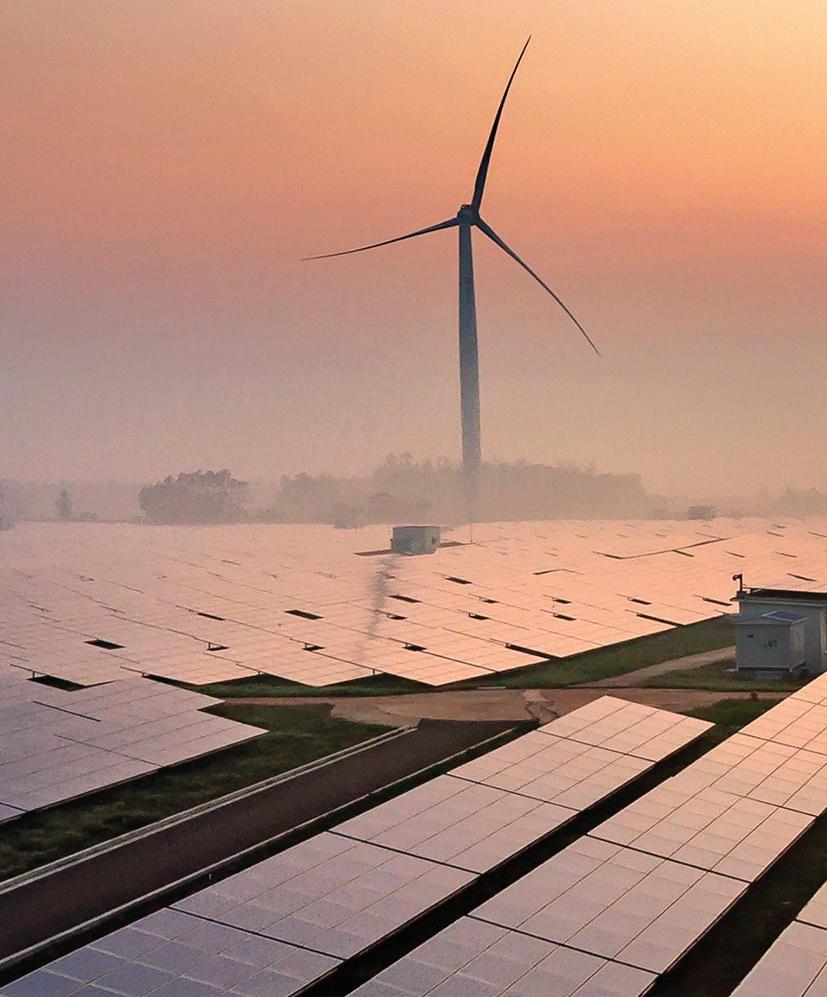








































The India Energy & Climate Center (IECC) at UC Berkeley’s Goldman School of Public Policy leverages clean energy technology and policy expertise from the world’s top public university, Berkeley Lab, and the state of California to catalyze the rapid transformation of energy systems, delivering significant environmental, economic, and energy security benefits to India and the Global South.











Clean technology prices have dropped by 90% over the last decade to give India a unique opportunity to leapfrog, as its industrial growth, energy security and environmental sustainability goals are aligned. India can invent and demonstrate a novel climate-friendly development model.
India imports 90% of its oil consumption, costing the exchequer $120 Billion in FY22, and projected to reach ~$300 Billion/year by 2050 (at current prices). Oil & coking coal imports are the largest barriers to meeting PM Modi’s goal of Energy Independence by 2047.

90%

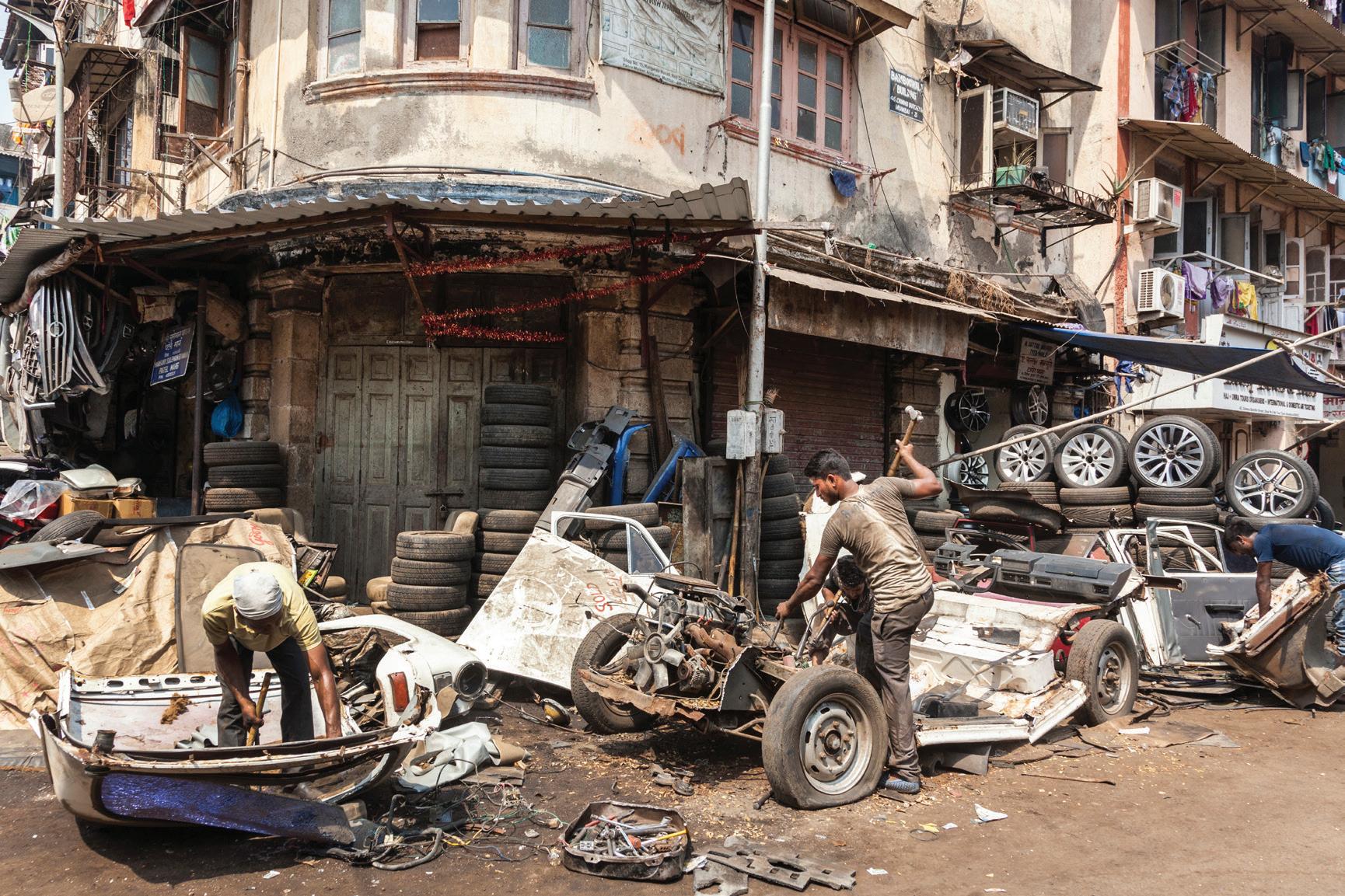

India’s energy demand is expected to grow four-fold by mid-century, while Green-House Gas (GHG) emissions from energy sectors are projected to more than double to reach current US levels. 4X 4M
Extreme climate events such as floods and droughts displaced 4 Million people in India in 2019. This number is expected to swell ten-fold to 45 Million by 2050





























Heat stress and the associated health & productivity efects are projected to result in 5.5% GDP loss in India by 2030 (under a 1.5'C global warming scenario). Equivalent of 34 Million full-time jobs will be lost to heat stress by 2030.
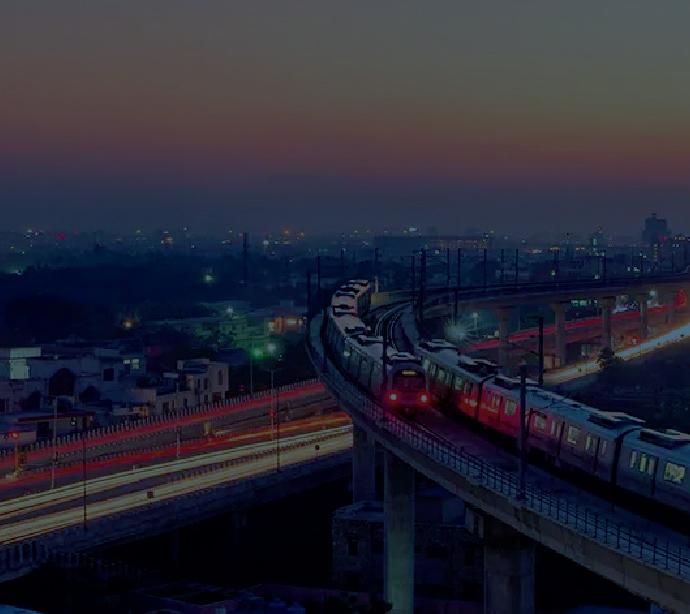


Place industrial transformation at the core of India’s climate strategy, catapulting India to become a leader in manufacturing and deployment of clean technologies.

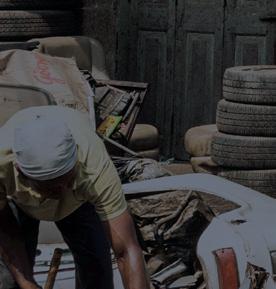



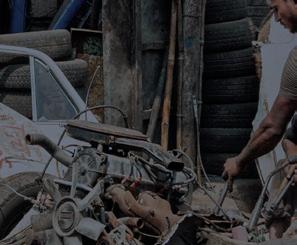




COST
Policy analysis rooted in scientific rigor; widely disseminated in more accessible formats.

A just transition strategy, so that livelihoods dependent on fossil fuel industries aren’t threatened, but augmented through re-skilling and local siting of new energy stock.



Improved assessment of heat stress to inform public health preparedness, policy and technology interventions for reducing morbidity and mortality due to extreme heat.


Capacity building of Indian policymakers and industry regarding latest clean technology trends. A forum for policymakers and thought leaders from India and the US for strategic dialogue & collaboration.
Power shortages likely: Due to rapid electricity demand growth, India will likely experience significant evening power shortages by 2027 (20-40 GW), even if all the thermal & hydro capacity currently under construction comes online as planned.
Storage deployment combined with solar can avoid shortages: Large-scale solar + storage deployment is the main option left to avoid power shortages, as they can be deployed much faster than new thermal and hydro assets. By 2027, 100-120 GW of new solar, out of which 50-100 GW co-located with 16-30 GW x 4-6 hours of storage, can avoid shortages.
Solar + Storage is highly economical: Recent gigawatt-scale solar + storage auction results, with a record low price of Rs 3.4/kWh, also show that such deployment will be highly economical.
Policy support needed to ensure fast deployment at scale: Fiscal incentives combined with mandates are likely required to ensure rapid storage deployment at scale to ensure security and reliability.
Significant RE and storage expansion in the long-run: India’s electricity demand will quadruple by 2047, necessitating a massive expansion of low-cost RE and storage to reduce consumer bills and sustainably power the rapid economic growth.
As India continues to advance its ambitious renewable energy goals, the challenge of balancing grid reliability while reducing reliance on coal power becomes increasingly pressing. Despite the high cost of coal power generation compared to rapidly declining solar-plus-storage alternatives, India’s coal fleet remains crucial for maintaining grid stability until at least 2040.
IECC’s upcoming report explores a transformative solution called Coal-to-Solar Generation Swap, which proposes utilizing existing coal power infrastructure to integrate locally sited solar-plus-storage systems. This approach aims to reduce reliance on expensive coal generation, meet renewable energy targets, diversify energy assets, and reduce air pollution.
97% of India’s Coal plants have buildable land available in their surrondings
%
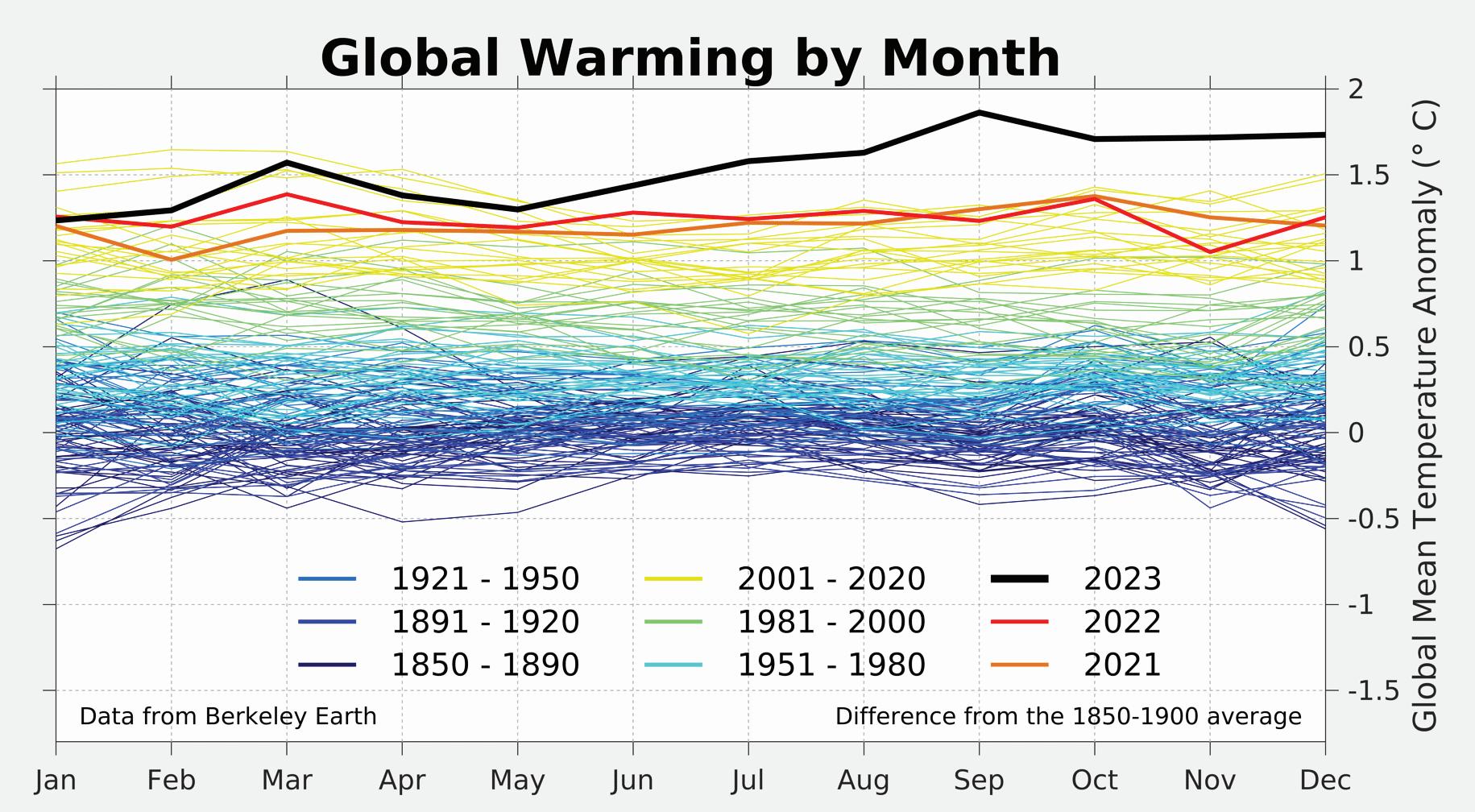
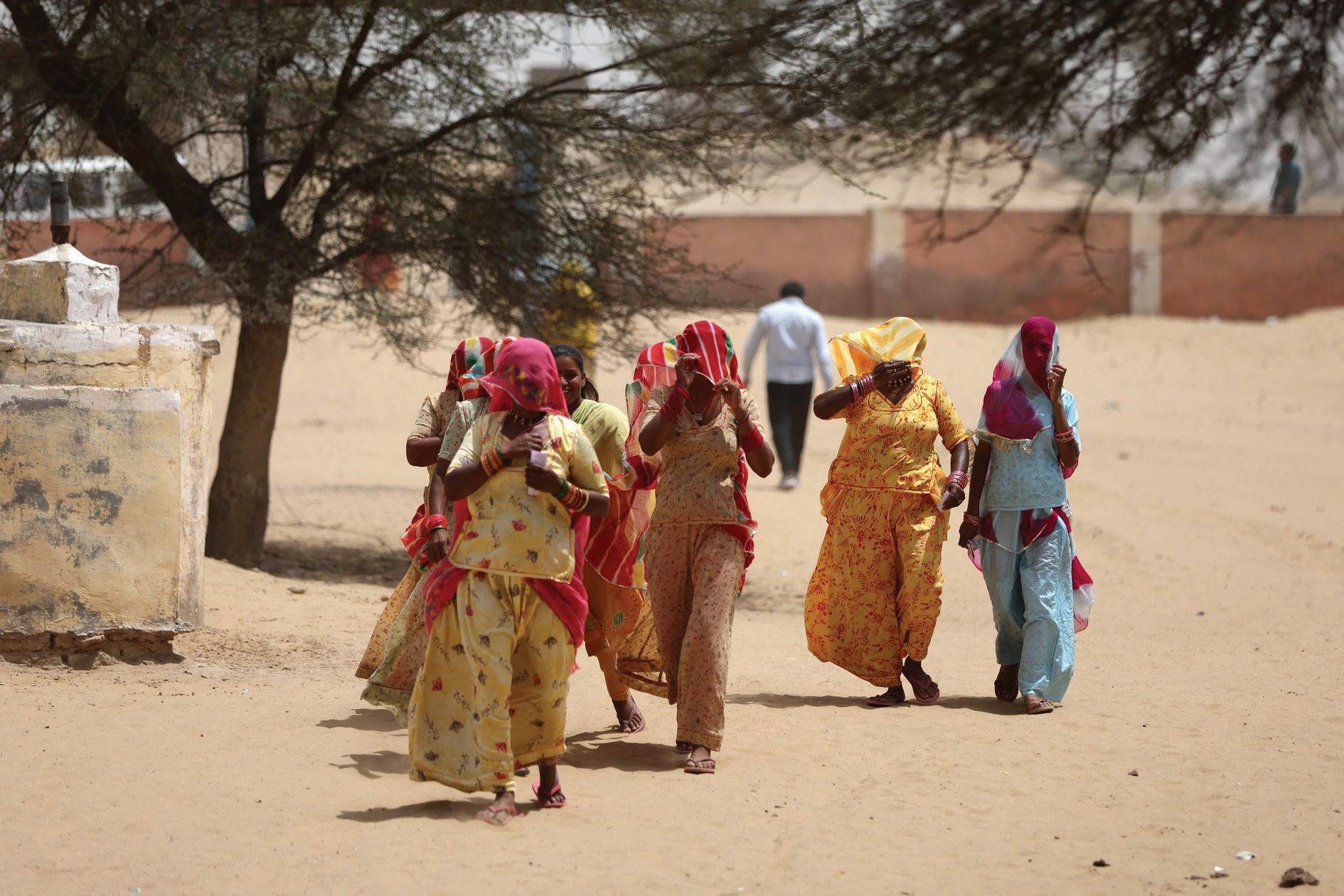


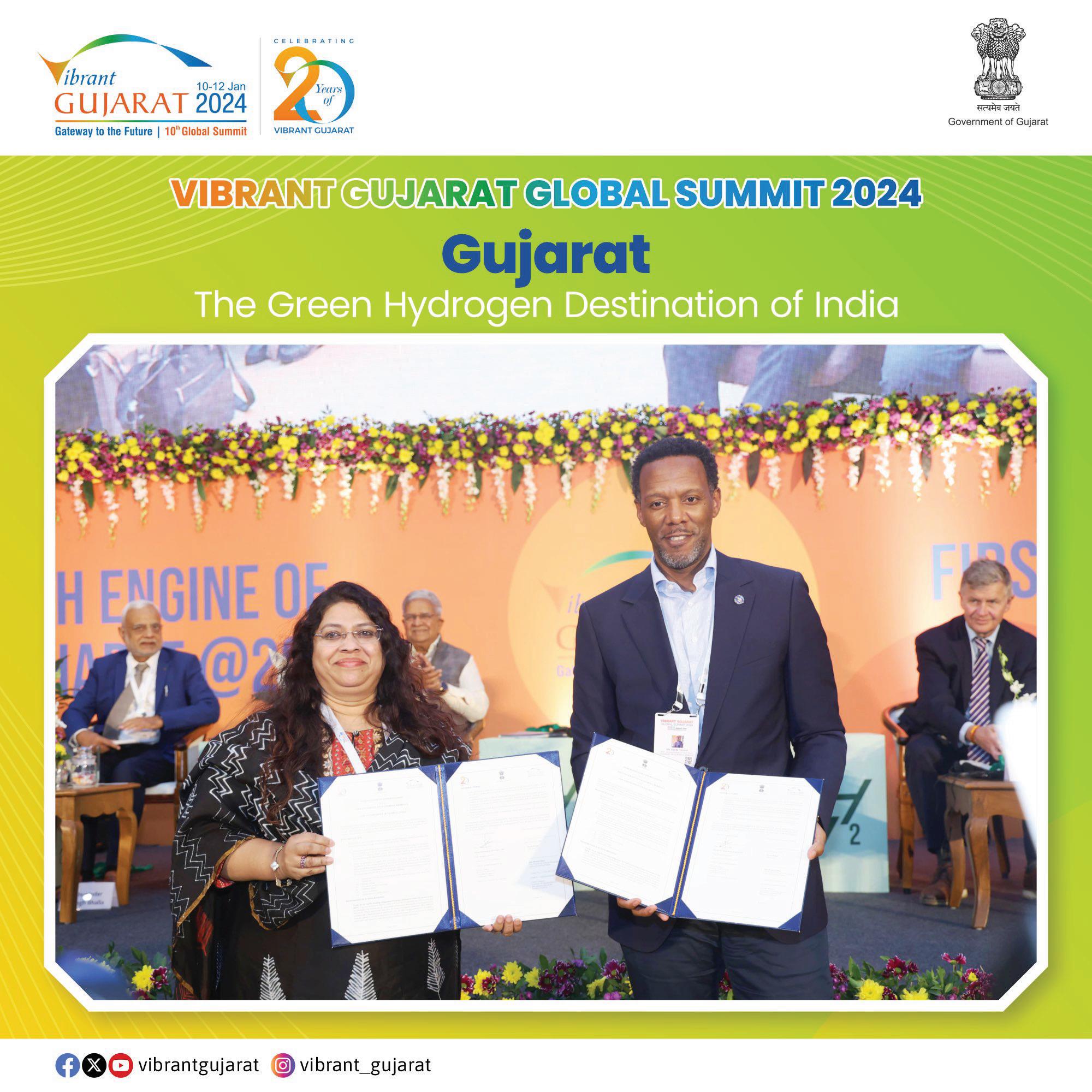





To learn more about our work and stay connected, please scan the QR code

